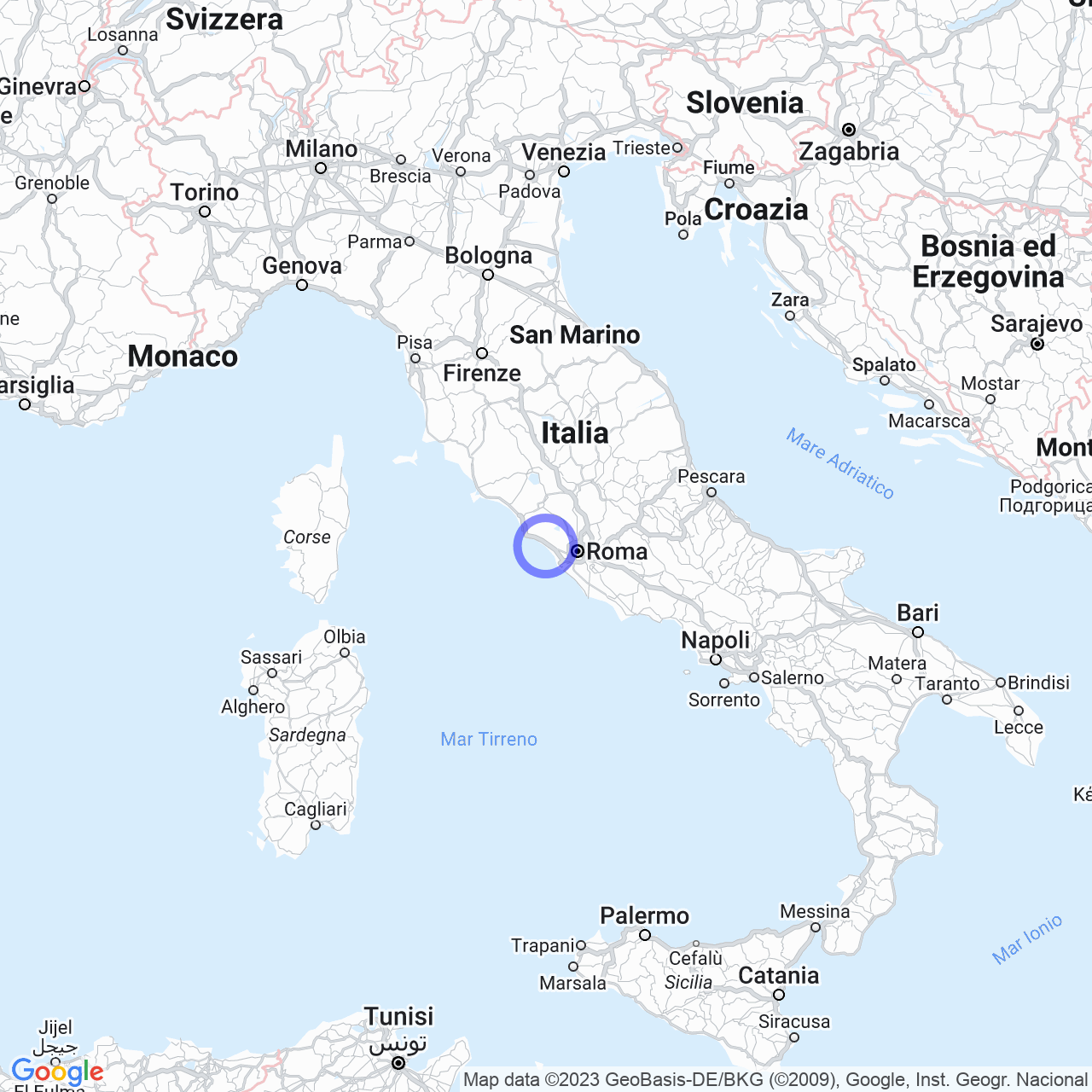Ladispoli
Welcome to Ladispoli: the municipality of the northern Lazio coast
Hello everyone! Today we are talking about Ladispoli, a municipality located on the northern Lazio coast, just a few kilometers from Rome. With its 42,034 inhabitants, Ladispoli is a seaside resort loved by Romans and tourists who seek a break from the frenzy of the city.

Physical geography
Territory
The territory of Ladispoli is crossed by two small rivers, the Sanguinara and the Vaccina stream, on which you can cross the four bridges near the promenade, two of which are entirely made of wood. The sand of the beaches in Ladispoli is black thanks to the high iron content and was once known for its healing sand treatments. Today, the Palo nature reserve and the Torre Flavia swamp are present in the territory. Furthermore, it seems that a small coral reef is growing in the sea in front of the city, a phenomenon that represents a sort of "unique fact".
Climate
As for the climate, Ladispoli is located in zone C and has an average of 1295 GR/G.
Origins of the name
The name "Ladispoli" comes from "Ladislao-polis", a combination of the name of the founder, Ladislao Prince Odescalchi, and the Greek term "polis", meaning "city".
History
Origins
Ladispoli has a very ancient history. The first traces of human life date back to the late Neolithic period, between 3000 and 2000 BC, when the first late Neolithic arrowheads were found in the Torre Flavia swamp. Subsequently, Ladispoli was one of the three ports along with Punicum and Pyrgi of the Etruscan city of Cerveteri. In 272 BC, the territory of Cerveteri was confiscated for new colonies and Alsium (as Ladispoli was called at that time) became a seaside resort for wealthy Romans who built villas a few meters from the sea, including that of Julius Caesar.
Modern era
During the modern era, Alsium was mentioned for the last time by the Roman writer Claudio Rutilio Namaziano, who visited it in the 6th century AD and speaks of villas overlooking the sea, still frequented despite the decline of Roman society. The location was later fortified in the 17th century, during the period of the Kingdom of Naples. In the 19th century, with the development of tourism, Alsium was transformed into Ladispoli.
Starting from the 1950s, the city experienced a great urban and tourist development. Today, Ladispoli is a sought-after destination for summer holidays, but also offers a cultural heritage of great value, such as medieval towers and Roman villas.
Conclusions
Here is my little story about Ladispoli, a sweet seaside resort just a few steps from the capital. If you are looking for a place to relax, enjoy excellent food, and enjoy the sea, you cannot miss it!
